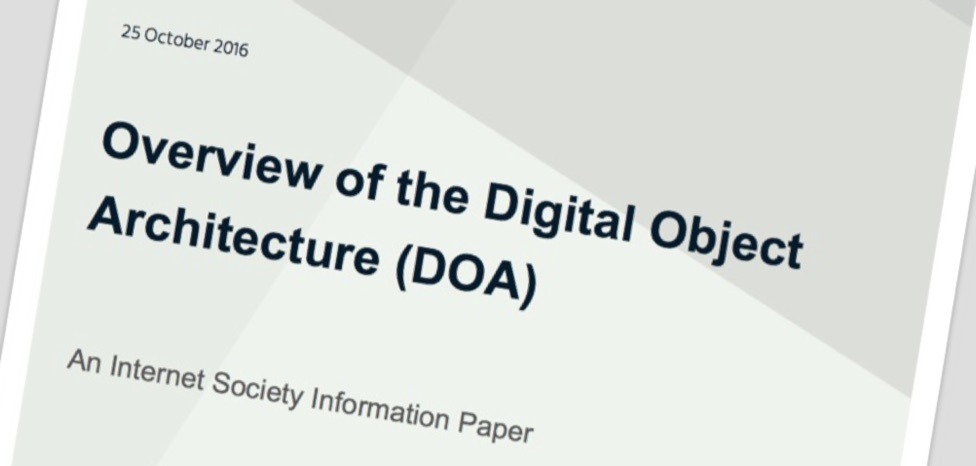What is the Digital Object Architecture (DOA) technology? And why has it become a topic du jour among some folks in the ITU standards world? It’s already the subject of more than a few hallway discussions at the World Telecommunication Standardization Assembly (WTSA) in Tunisia this week, and has garnered some attention in the media recently. But how did a relatively obscure, two-decade-old information management system gain this interest?
The DOA was actually created more than 20 years ago by Robert Kahn (Vint Cerf’s partner in the development of TCP/IP – the ‘foundation’ of the Internet). Since then this technology has been in use by some libraries and research institutions to identify and retrieve digital resources (among other applications). More recently, there has been some interest within the ITU to consider using the DOA as a digital management tool for the Internet of Things (IoT).
The IoT is expected to experience explosive growth over the next few years and with legitimate security concerns, ensuring it is safe and stable is a worthy endeavor. However, the DOA is not without its critics, some of whom have written about their views: Wall St. Journal, Council on Foreign Relations.
After receiving questions from members and partners, the Internet Society released a new information paper today, Overview of the Digital Object Architecture, to shed some light on the DOA – what it is, who runs it, what some of the policy and technological considerations are.
We have assembled the document based on publicly available information about the DOA, which for some aspects has been very difficult to find. There are many questions that we still have – and that we believe policy makers need to seriously consider. We welcome any corrections, suggestions or other feedback.
We encourage you to read the paper and follow our updates from Tunisia on our WTSA webpage.

